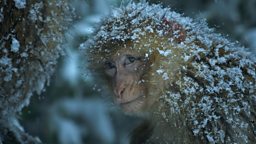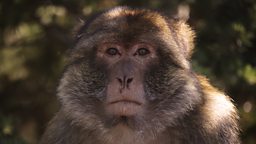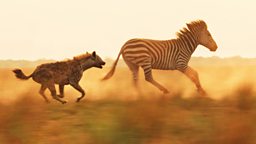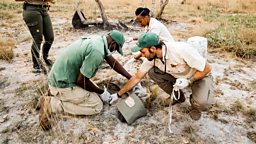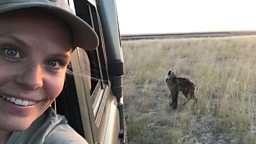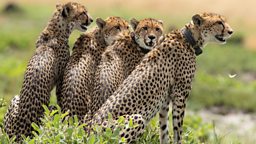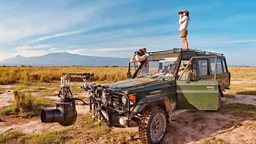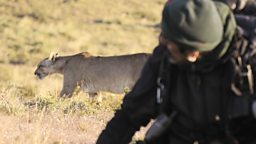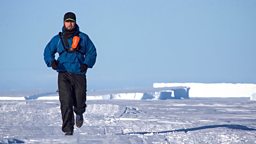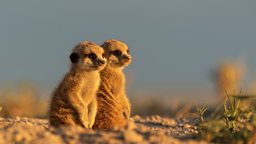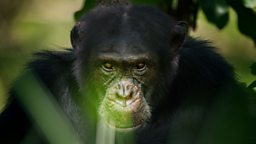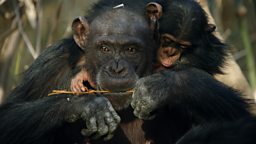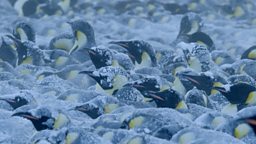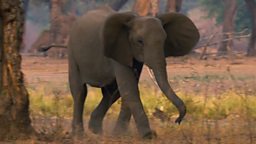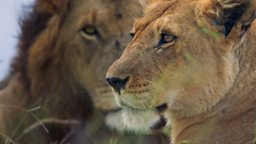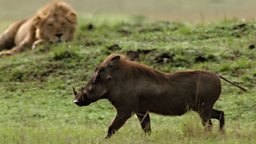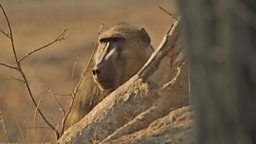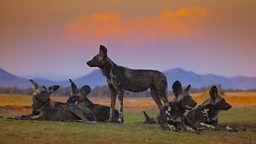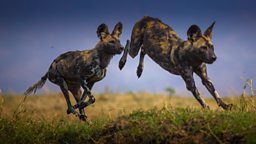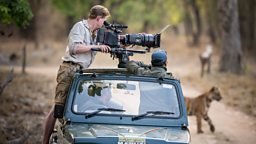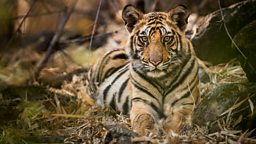Old school, with a dash of new
By John Shier, Director of photography
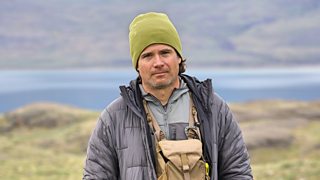
When most people imagine what the making of a wildlife documentary looks like, they probably picture a small crew carrying a tripod and camera hiking, out into an epic landscape in pursuit of wildlife. And that’s basically how natural history filming was carried out for its first half-century. But over the past two decades wildlife filmmaking has evolved as increasingly complex and amazing cameras and camera stabilisation systems have arrived in the industry.
Today most wildlife programs rely on stabilised camera systems mounted on an array of vehicles to carry out a significant portion of filming. These new tools have proved revolutionary, creating stunning cinematic images the likes of which the pioneers of wildlife film could scarcely have imagined. However, for me, they’ve created something of a disconnect between us and our characters as it is hard to feel immersed in nature when you find yourself in a vehicle surrounded by a bevy of high tech gadgets.
In all honesty I’m happier when I can carry out the bulk of filming on foot, walking with the animals though their wild homes.
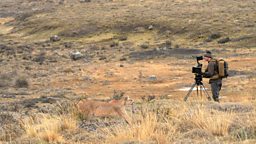
Lucky for me then, that the only way to film our puma characters was by getting out of the vehicle and following them on foot across a truly awe-inspiring landscape.
we walked just over a thousand miles with Rupestre and her cubs
Over the course of filming we walked just over a thousand miles with Rupestre and her cubs. And I loved every mile of it. Sure, there were times where our legs burned from scaling steep hills and our backs ached from lugging all of our kit, but our desire to see what the pumas did next kept us going, up one hill and then the next and then… well you get the idea.
Even the hardest day in the field was a truly a happy day for all of us. And what made it all the more special was the fact that it has become rare to get a chance to work on a shoot that allows you to so intimately share a landscape with your subject. There may only be a handful of projects left that require and allow for this level of on-the-ground filming.
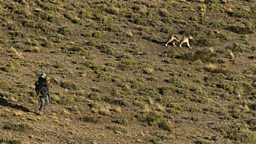
Because we had to operate on foot the bulk of our day-to-day filming kit was simple and old-school, consisting of tripod, a camera, and a slider that we would carry along. Stone-aged by modern filming standards. However, we had one other tool in our bag that was decidedly new school… a drone.
For me it was the perfect mix of both the old and new
The invention and continual evolution of drones has, in my opinion, been the most revolutionary development in wildlife film since Planet Earth introduced the wide-scale use of helicopter-mounted camera platforms to the genre. And the drones keep getting better and better while also becoming smaller and smaller. For a program like Puma, where you sometimes already feel like you’re carrying too much, small is very important! So cutting-edge drone technology made it possible for us to carry a drone along in our packs at all times, ready to deploy at a moment’s notice. I think this ability brought a vital dash of new-school cinematic flair to the program, allowing us to create dynamic images of the pumas that give an epic sense of grandeur to both them and their wild home.
For me it was the perfect mix of both the old and new, taking what each does so well and combining them to create something that I hope does justice to our puma characters’ amazing story.
